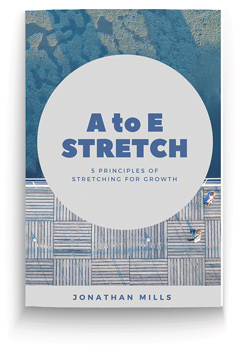Executives and their governing boards, within the current financial turbulence that most companies are experiencing, are being forced to re-evaluate strategies, cut costs and re-deploy employees and other resources to provide some return for shareholders. These leaders seem to be seriously challenged with growing revenue organically and are finding it hard to demonstrate value and significant contribution. Differentiation from other companies in similar sectors is increasingly difficult to get right – there need to be compelling and relevant reasons why customers should desire to do business with them. Unfortunately, many businesses just ‘exist’ and hope that the consumer will magically appear at their doors.
Many customers view companies (like fuel stations, banks, furniture stores, clothing shops) as commodities – one is as good/bad as the other. A lot needs to be done in terms of the perception of the value you add in order to leverage the business to a new platform – one which attracts loyalty from customers and gets them talking about you. A petrol garage that offers regularly cleaned restrooms, washed vehicle windows, an attractive ‘convenience’ forecourt shop with an inviting fresh product range and friendly staff may attract many more customers who have to come for fuel – a grudge purchase. Banks could potentially offer consulting services (free up to a point) to enhance cash flow, business growth and mitigate against risk within client companies. Nick Miller, President of Clarity Advantage Corporation, suggested that a banker could share the advantages of the bank in the following way:
- Offer a value proposition – “We help our clients reduce the costs and risks in their payment cycles and accelerate their cash flow”
- Describe how the value proposition is accomplished – “To do that, we begin with a thirty minute assessment that includes a review of business goals, six months of account statements, and … From that assessment, we … Finally, we present a cost benefit analysis demonstrating the impact of our proposed solutions on the company’s cash flow, profitability and risk”
- Provide proof – “For example, we worked with a company that … Its challenge was … We provided … The net result was …”
Fundamentally, an inviting value proposition contains the following elements:
- A perception of quality – the product range or services provided need to exude “best in the market” and deliver on that.
- A perception of value – customers should feel that the services/products received actually outstrip the price paid for them.
- A perception of emotional connection – a sense of oneness and warmth that develops over time through specifically cultured relationships. Caring and friendly relationships grow loyalty.
- A perception of professionalism – this engenders a “we will help you achieve your goals with intelligent solutions” maxim within the relationship.
- A perception of relevance – clients need to sense that what is being offered meets current and future needs in some way or the other. Apart from antique furniture, if the offering is old-fashioned, customers will not aspire to it.
Value propositions, delivered well, drive growth and revenue, but they should never be static – train managers and staff, hold them accountable, measure performance and build in assessment with the customers. Adapt the value proposition for relevance over time.










